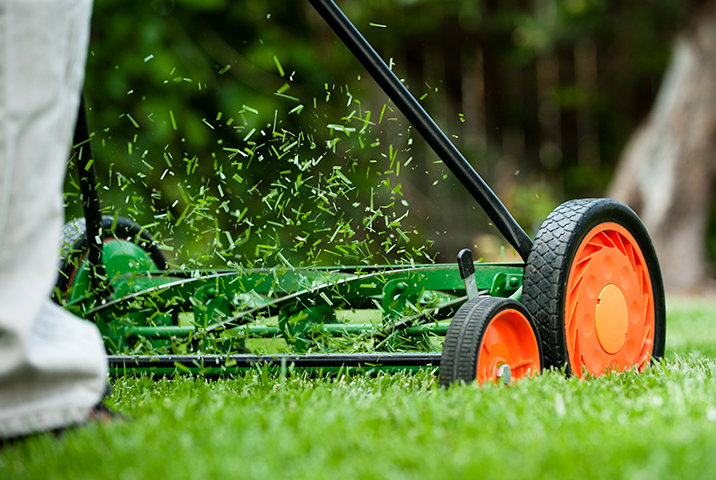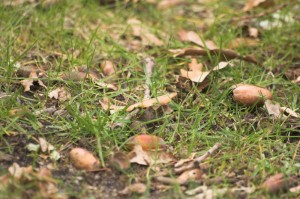One of the easiest ways to improve your lawn requires no special skills, and no extra time. Everything you need is already on your lawn; you just have to know how to utilize it.
We’re talking about mulching - organic material that’s spread over your grass to improve the soil. Sounds like fertilizer, right? It works the same way, but you don’t have to worry about buying it at the store because you use grass clippings and leaves from your own ya rd.
rd.
Benefits of Mulching
Before we give “how to” instructions, let’s go over the benefits of mulching. Mulching puts nutrients back into the soil. When done correctly, mulching returns about 4% nitrogen, 2% potassium, and 1% phosphorus. Those are the same three nutrients contained in virtually every fertilizer. In essence, mulching can feed your lawn 25% of its total nutritional needs for the year, which is enough to cut out one entire fertilizer treatment.
Mulching also saves time, labor, and money. You don't have to rake up grass or leaves, you can buy less fertilizer, and it’s less trash for the dump truck to haul away.
How to Mulch Grass Clippings
When mowing, don’t bag the grass. Leave it on the lawn to add valuable organic matter to your soil. There are a couple things to keep in mind. The grass clippings must be small enough to settle beneath the surface of the lawn and decompose. This can be achieved with a regular lawn mower but is best accomplished with a mulching mower. Some mowers have special blades you can attach for mulching.
A rule of thumb is to never cut off more than one-third the height of your grass. If you haven’t mowed in a while, the grass blades will be too long to mulch. Instead of decomposing, they’ll simply sit on top and can smother your grass or even cause disease. If the grass is clumping, then bag it or run it through a mulching bin and redistribute it across the lawn.
Other occasions when you should bag grass clippings are when there’s an abundance of weeds, such as dandelions or crabgrass. Also, if the lawn has been treated several times with chemical pesticides or synthetic fertilizers, the grass clippings may not break down effectively.
How to Mulch Leaves
Leaves are free organic matter and a great fertilizer for your grass and garden beds. As they fall onto the lawn, simply mow over the leaves to chop them up into small pieces like you would do with grass clippings. Make sure the leaves are completely or mostly dry. You might have to make a few passes with the mower depending on the thickness of the leaves.
For help keeping your lawn looking great all season long, contact a TaskEasy contractor to get your price!





Let Us Know What You Thought about this Post.
Leave a comment below.